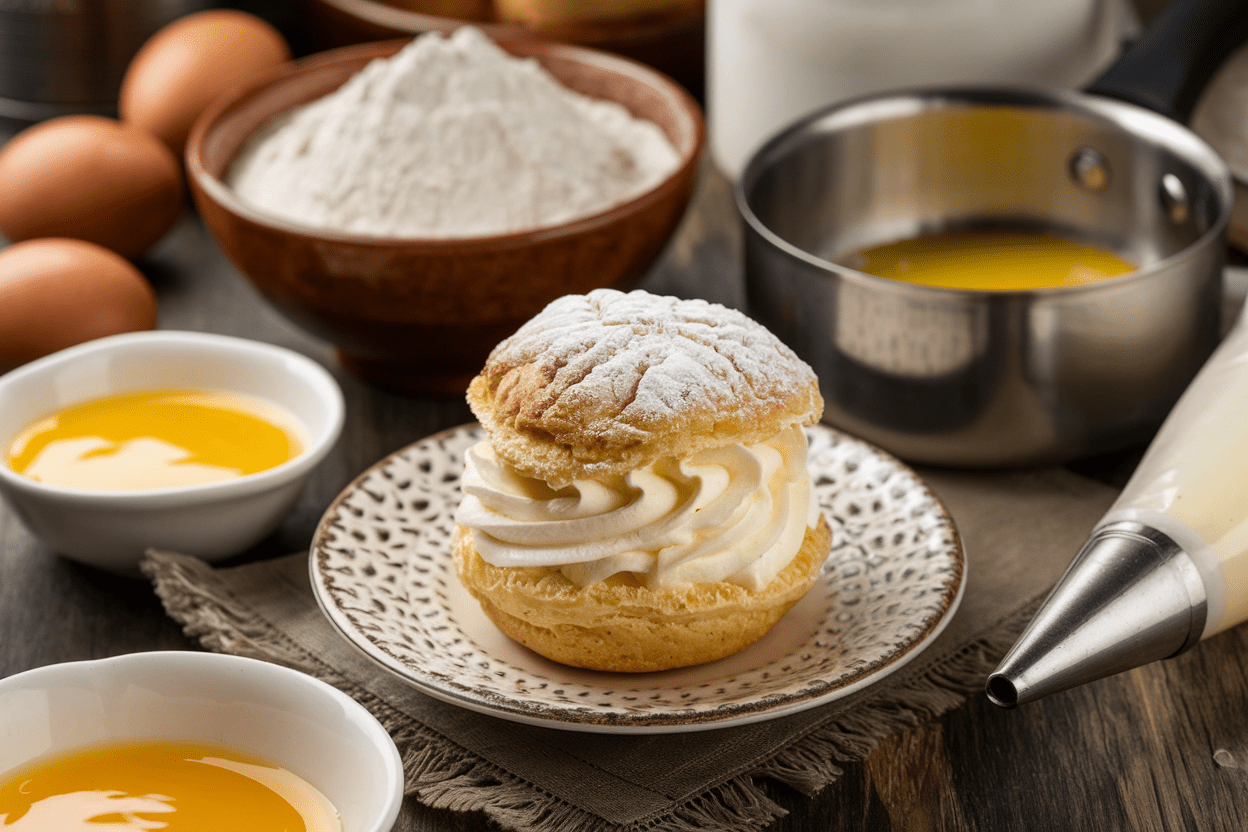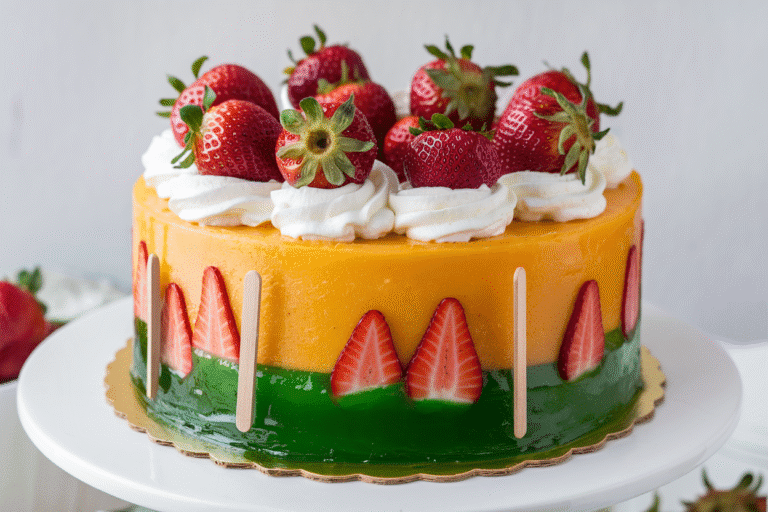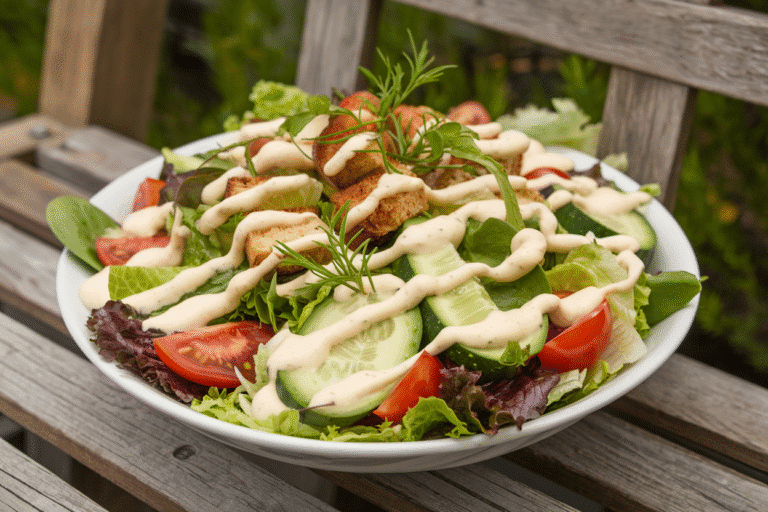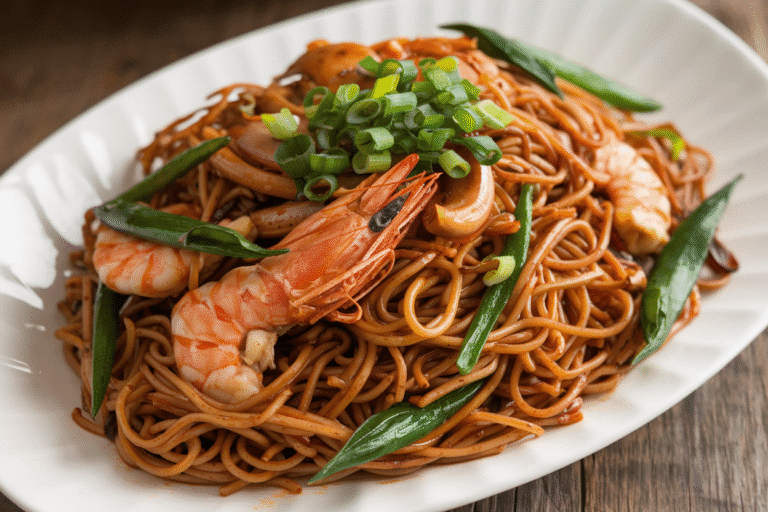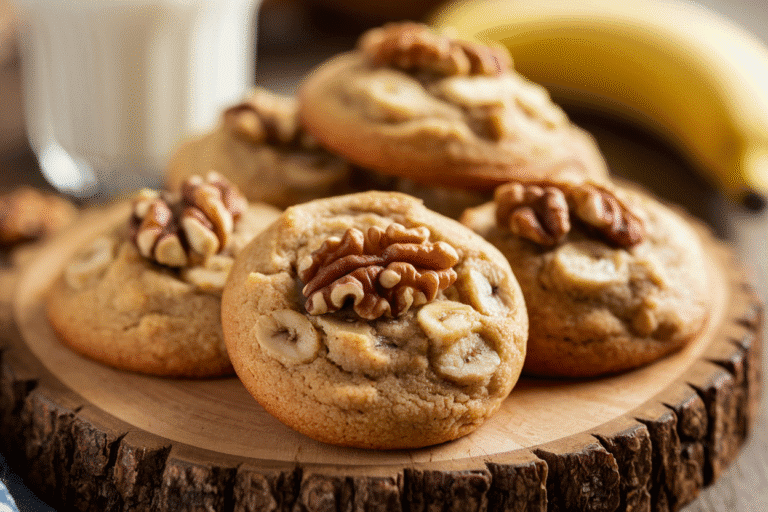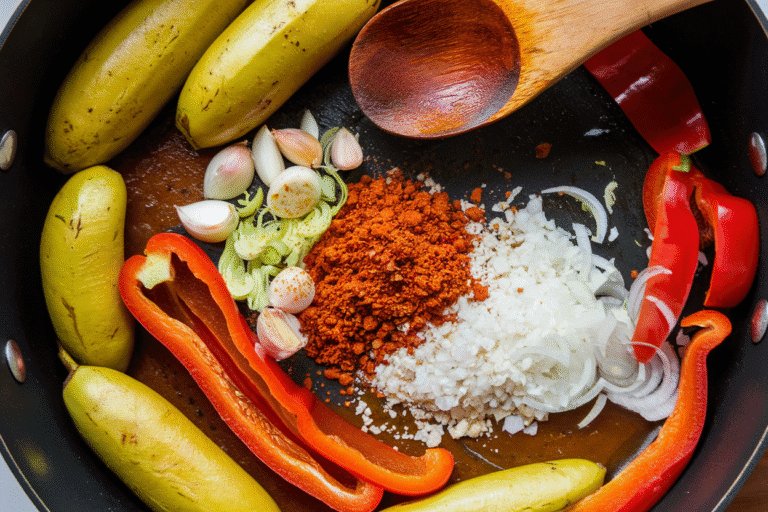Stop Scrolling: This “Cream Puffs Recipe Easy” Will Make You the Dessert Hero Tonight
You want a bakery-level dessert without a culinary degree, a mixer, or a meltdown. Good—because cream puffs are the flex that looks fancy, tastes elite, and takes less time than your grocery run. We’re talking light, hollow shells that shatter gently and a creamy filling that whispers, “I’m a pro.” You’ll nail it even if your oven and you aren’t on speaking terms.
By the end of this, your friends will ask for the recipe, and you’ll play it cool like, “Oh, that old thing?”
The Secret Behind This Recipe
Cream puffs ride on a French classic called pâte à choux. Sounds intimidating; it’s not. The magic is in cooking flour with butter and water first, then beating in eggs to create a dough that traps steam.
That steam inflates the puffs in the oven, giving you that airy interior begging to be filled. The “easy” part? We keep ratios tight, technique crystal clear, and the steps forgiving.
A few visual cues, a sensible oven temp, and you’re set. No piping bag? Spoon it.
No fancy filling? Sweetened whipped cream is glorious.
Ingredients Breakdown
- For the choux pastry (puff shells):
- 1/2 cup (115 g) unsalted butter
- 1 cup (240 ml) water
- 1/2 teaspoon fine salt
- 1 tablespoon granulated sugar (optional, for lightly sweet shells)
- 1 cup (125 g) all-purpose flour
- 4 large eggs, room temperature
- For a quick vanilla cream filling:
- 1 1/2 cups (360 ml) heavy cream, cold
- 1/3 cup (40 g) powdered sugar
- 1 teaspoon pure vanilla extract
- Pinch of salt
- Optional finish:
- Powdered sugar for dusting
- Melted chocolate or chocolate ganache for drizzling
Let’s Get Cooking – Instructions
- Preheat smart. Set your oven to 400°F (200°C). Line two baking sheets with parchment.
If you have a silicone mat, skip it—parchment grips better for lift.
- Make the choux base. In a medium saucepan, combine water, butter, salt, and sugar. Bring to a steady simmer over medium heat until the butter melts and the mixture just bubbles.
- Add flour, cook the dough. Dump in the flour all at once. Stir vigorously with a wooden spoon until a smooth dough forms and pulls away from the pan, about 2 minutes.
You’ll see a thin film on the pan—that’s good.
- Cool the dough briefly. Transfer the dough to a bowl. Stir for 1 minute to release steam. It should be warm, not hot, before eggs go in.
If it’s steaming like a sauna, give it another minute.
- Beat in eggs. Add eggs one at a time, mixing fully before adding the next. The dough will look broken, then come back together. You’re aiming for a thick, shiny batter that slowly forms a V-shaped ribbon off the spoon.
- Shape the puffs. Spoon 1 1/2-inch mounds onto the sheet, spacing 2 inches apart.
Or use a piping bag with a round tip. Dip a finger in water and smooth any peaks so they don’t burn.
- Bake for lift. Bake at 400°F (200°C) for 20 minutes. Without opening the oven (seriously, hands off), reduce heat to 350°F (175°C) and bake 10–15 minutes more until deeply golden and firm.
Pale puffs collapse—gold is the goal.
- Dry them out. Turn off the oven. Poke a small hole in each puff with a skewer and return to the turned-off oven for 5 minutes to let steam escape. This keeps them crisp.
- Cool completely. Move puffs to a rack.
Let them cool fully before filling to avoid meltdowns—literally.
- Make the cream. Whip cold heavy cream, powdered sugar, vanilla, and a pinch of salt to medium-stiff peaks. It should hold shape but still look silky.
- Fill the puffs. Split puffs with a serrated knife or poke a hole in the bottom and pipe the cream in. Be generous; this is not the time to be shy.
- Finish and serve. Dust with powdered sugar or drizzle with melted chocolate.
Serve immediately for max crunch.
Keeping It Fresh
- Unfilled shells: Cool completely, store in an airtight container at room temp for 1 day, or freeze up to 2 months. Re-crisp at 325°F (165°C) for 5–8 minutes.
- Filled puffs: Best within 2–4 hours. Refrigerate up to 24 hours, but expect softer shells (still delicious).
- Make-ahead strategy: Bake and freeze the shells; whip cream same day.
You’ll look spontaneous while actually being very prepared—CEO behavior.
What’s Great About This
- Looks fancy, cooks simple: Five pantry basics, one saucepan, one bowl. That’s it.
- Fail-resistant cues: “V-shaped ribbon” dough and “deeply golden” shells are visual checks that save the day.
- Customizable core: Switch the filling and you have eclairs, profiteroles, or a birthday-level tower, IMO.
- Light but indulgent: Airy pastry + creamy filling = maximum satisfaction without a sugar coma.
Pitfalls to Watch Out For
- Opening the oven early: Steam escapes, puffs collapse, sadness ensues. Keep the door shut until the color is right.
- Undercooked centers: If they’re pale or soft, they’ll deflate.
Bake until uniformly golden and firm.
- Egg overload: Too many eggs = runny dough, flat puffs. Stop once you reach the shiny, thick ribbon stage; you might not need the full fourth egg if they’re extra large.
- Hot dough + eggs: Scrambled egg vibes? No thanks.
Let the dough cool slightly before mixing in eggs.
- Skipping the steam vent: No hole = soggy insides. Quick poke, problem solved.
Mix It Up
- Chocolate cream puffs: Fold 2 tablespoons cocoa powder and 1 tablespoon melted, cooled chocolate into the whipped cream.
- Lemon-berry puffs: Add 2 tablespoons lemon curd to the cream and top with fresh raspberries.
- Coffee-infused: Dissolve 1 teaspoon instant espresso in 1 teaspoon hot water; whip into the cream.
- Custard classic: Use pastry cream instead of whipped cream for bakery-style heft. FYI, a mix of half pastry cream, half whipped cream = diplomat cream, ultra-smooth.
- Ice cream profiteroles: Fill cooled shells with vanilla ice cream and pour warm chocolate sauce over.
Zero regrets.
FAQ
Why did my cream puffs deflate?
They were either underbaked, the oven door opened too early, or they weren’t vented. Bake to deep gold, avoid peeking, poke a small hole, and give them a brief dry-out in the turned-off oven.
Can I make the dough ahead?
Choux is best baked the day you make it. However, you can pipe the dough onto trays, freeze until solid, then bake from frozen.
Add a few extra minutes to the bake time.
Do I need a mixer?
Nope. A sturdy spoon and a whisk get it done. A hand mixer helps with the eggs, but elbow grease works fine.
How do I know the dough has enough eggs?
Lift the spoon: the dough should fall in a slow, shiny ribbon that forms a soft V.
If it’s stiff and snaps off, add a bit more beaten egg; if it’s runny, you’ve gone too far.
Can I make gluten-free cream puffs?
Yes. Use a high-quality 1:1 gluten-free flour blend. Expect slightly less structure, but with a solid bake and proper drying, they puff nicely.
What if I don’t have heavy cream?
Use pastry cream (milk, eggs, sugar, cornstarch) or even sweetened Greek yogurt for a lighter vibe.
Whipped coconut cream works if chilled thoroughly.
How many does this recipe make?
About 18–22 small to medium puffs, depending on size. Bigger scoops mean fewer puffs—science and portion control are not friends here.
In Conclusion
Cream puffs look like bakery sorcery, but they’re really steam-powered science and a few simple cues. Make the dough, bake to a confident gold, vent the shells, and load them with a cloud of vanilla cream.
You’ll get shatter-crisp exteriors and luscious centers that scream “weekend show-off,” even on a Tuesday. Keep the shells on standby in the freezer, and you’ve got instant dessert swagger whenever you want it.
